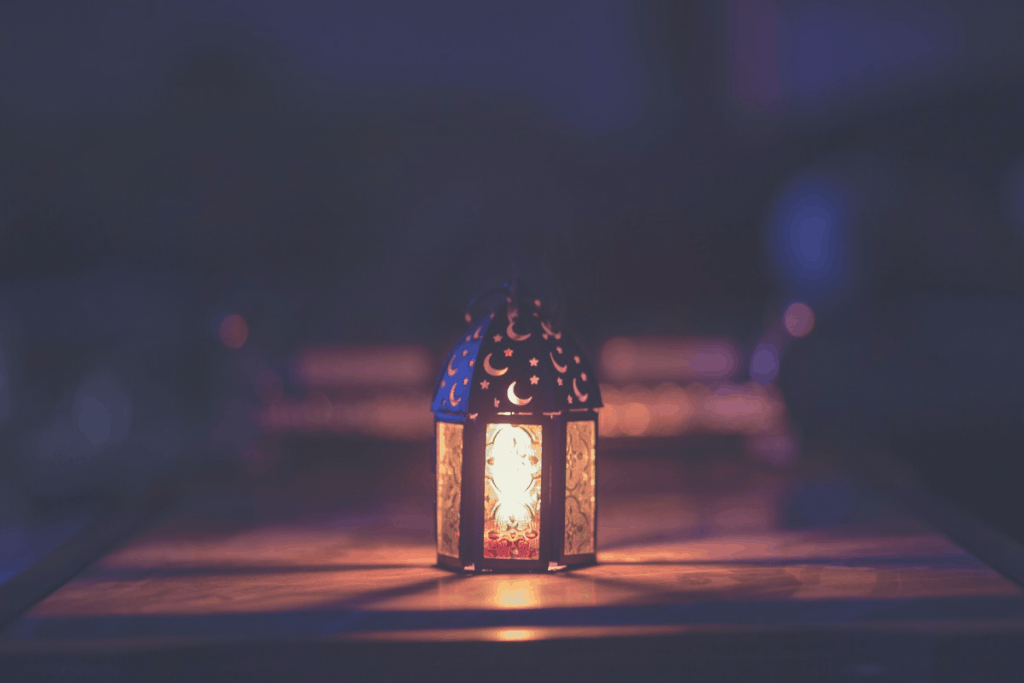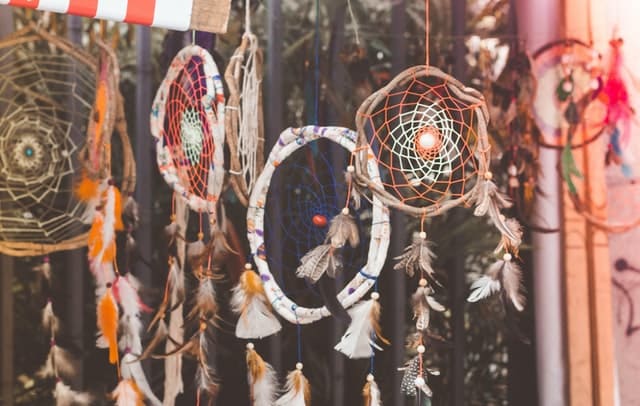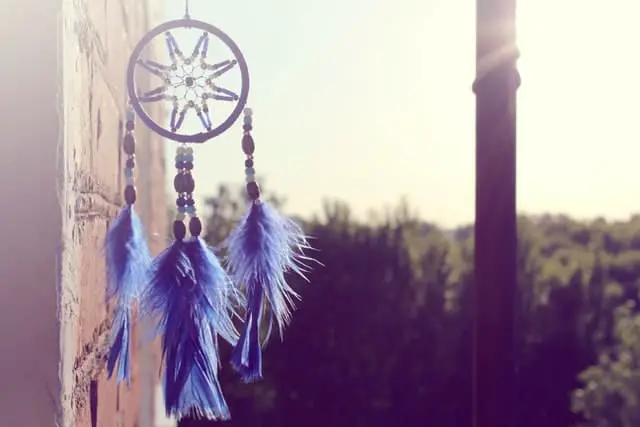Ever heard of a dream catcher? Dream catchers are believed to have been invented by the Ojibway Indians. They were originally made with very durable sinew twine and willow-tree bark, which was formed into a hoop shape. This hoop would then be sewn with colorful feathers or wool. The free flowing web has been attributed as catching bad dreams and letting good ones pass through; thus, promoting good sleep and contentment. Is a dream catcher something you should try? In the article below I will explain the meaning of dream catchers. I will also tell you more on what material to use if you decide that it is something you want to make.
The history of the dream catcher
While on my quest for knowledge I found out that there are a couple different meanings behind the making of a dream catcher, so I will start with the main one. The Ojibwe, or Chippewa Indians, who live in the Great Lakes region of North America, have a legend that tells of how the first dream catcher was created. They believe that it was created by a married couple to help stop bad dreams from reaching their children. At night, spirits would gather around the house and try to enter through the smoke hole in the roof. The spirit’s job is to send dreams to the sleeping people. The dream catchers job is to filter out the bad dreams and only let the good ones through.
The spirits found that there was no way into their children’s minds because of this, so they went and got some help from the creator. They knew that if bad dreams are what you are going to have then good ones should be in your future as well. So, the spirits and creator all set out to make a dream catcher together. The dream catcher is made from very rare materials including an eagle feather that represents power, a buffalo hair to represent protection, and a sweetgrass cord that represents love. The web is also thought to be woven with the creator’s breath because no human would ever be able to do something like this.

The second meaning of dream catchers involves how they were made in order for them to be more protective over their sleepers four hundred years ago. A Chippewa tribe leader’s wife had a dream in which it showed her how to make dream catchers. The Ojibwe believed that the dreams people receive are from spirits and gods meaning they needed to be protected from them, so she made this new type of dream catcher in order to do that for her people.
Dream catchers have been used ever since by the Ojibwe Native Americans and they are seen around their homes, in their schools, and at powwows. Dream catchers are also a part of their ceremonies. Before the dream catcher was made for good dreams to go through it actually worked in reverse and bad dreams can be sent through.
In the Ojibway language, a dream catcher is called an inini-gwun. They were first used by Native Americans to protect sleeping people from nightmares. The webbing attached to a hoop that would catch bad dreams and prevent them from reaching the sleeper. This tradition was brought along with Native Americans when they moved into reservations and is now well known throughout the United States.
How are a dream catcher built up?
Dream catchers are made with two hoops at right angles and a woven web that fills up the space between them. The Ojibway believe that when a person sleeps under one, it will only allow good dreams to pass through the hole in the middle of the dream catcher, but bad dreams get stuck in the web and are destroyed. Each part of a dream catcher has special significance to the Ojibway culture; I’ll go over just some of those parts so that you can gain more knowledge on this subject.
The web itself is the most important part of a dream catcher. The web must be strong enough to hold back nightmares, but at the same time delicate enough for good dreams to slip through it into the sleeper’s mind. The Ojibway people believe that if you make your web strong enough, it will even prevent death in children.
Dream catchers are traditionally made of sinew, which is a flexible thread that comes from the tendons of animals. The Ojibway would take these cords and weave them into a very strong, yet delicate web. Sinew is one kind of cordage; there are many others to choose from when making your own dream catcher.
The central hole in a dream catcher is very important. It allows good dreams to enter the sleeper’s mind while it keeps bad dreams from reaching them. The hole also acts as a protective barrier against any evil spirits that might be lurking in the room of sleeping people.
The webbing attached to each hoop also holds different meanings for different cultures. Each strand of the web is like a prayer and is said to possess some sort of supernatural power against evil. The knots holding each individual thread on the web are thought to resemble wishbones; they also serve as protection against nightmares by breaking them up into smaller pieces.
Where do I get a dream catcher?

You can find dream catchers for sale in most stores that sell Native American decorations, such as Wal-Mart and Target; however they might be much more expensive than the ones you make yourself. You can also order one on the internet or create your own from scratch.
How do you make your own dream catcher?
Dream catchers can be made from any material that you’d like. The webbing that attaches each hoop is the main part of the dream catcher; you can use rope, leather, or cloth as your web strand. You can also choose any color for your dream catcher’s wook and ribbon that best suits what you want it to look like.
Modern materials are a good choice if you don’t want to spend a lot of time making your own dream catcher. A store-bought dream catcher is usually made with beads and yarn, but you can find much more decorative materials on the internet and in craft stores now. You’ll find anything from colored paper, ribbon, and crepe paper to machine-made sinew thread and artificial feathers.
If you would like some instructions on how to do it yourself, I found this great video showing how.
Where do I place my dream catcher?
You can hang the dream catcher on the wall in a doorway, over your bed, or over your window. Where you place it really depends on what you want it to do for you; some people might want theirs to protect them while they are sleeping at night, others may want it to bring good luck for exams and other events, and yet still others might want theirs for protection from a negative event. Dream catchers make excellent decorations in any room of the house and are also given as gifts during special occasions. Place it where you feel best about seeing it and gaining its special powers.
Conclusion
Dream catchers are a Native American tradition that is believed to have been invented by the Ojibway people. Dream catchers are traditionally made from sinew and willow bark and they’re meant to be hung up to protect the sleeper from bad dreams. Each part of a dream catcher has special significance, which I went over in this article. If you wanted your own dream catcher, you can find them for sale at many stores or make it yourself with any material you like.
I hope this article helped you find out more about dream catchers. Please visit other articles on this website for more information. If you enjoyed this article, please feel free to share it with your friends and family as well as bookmarking this page for further reading.
